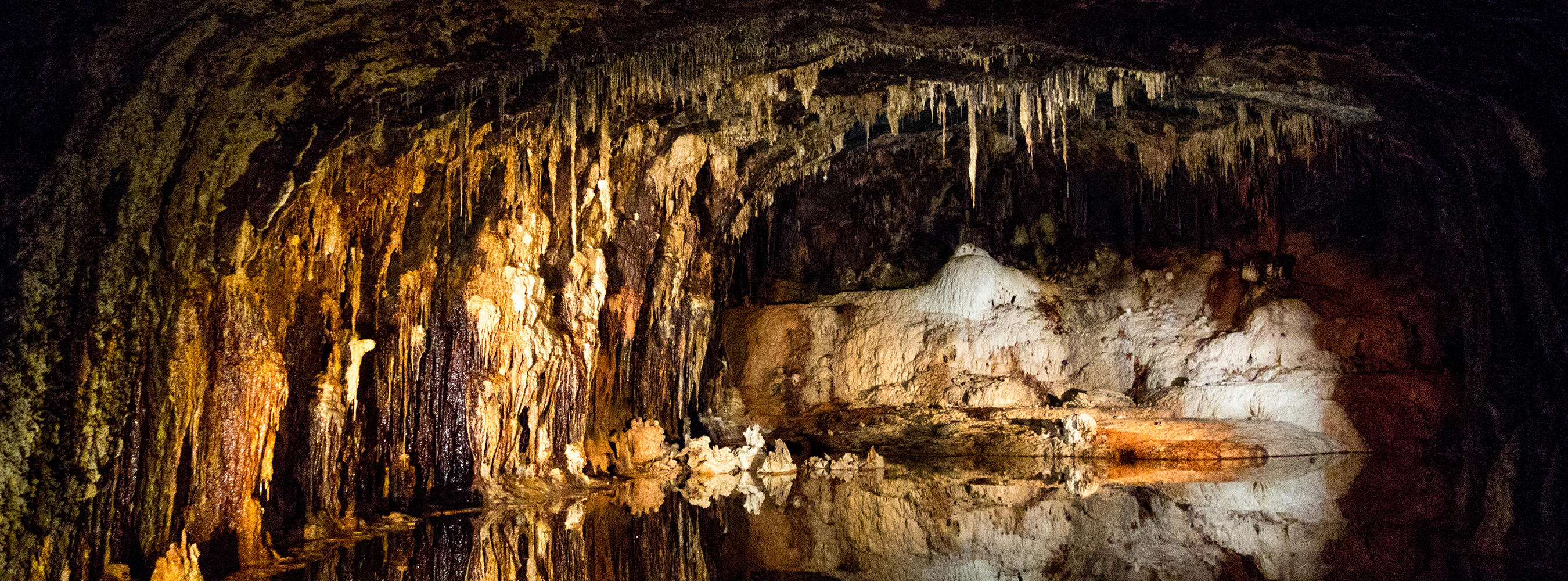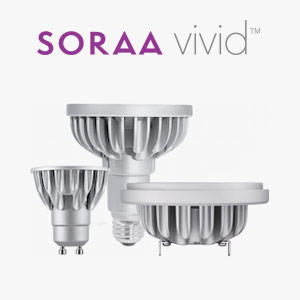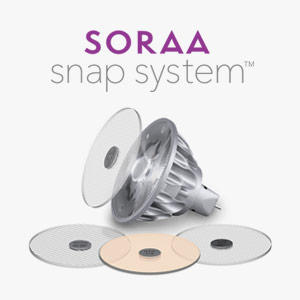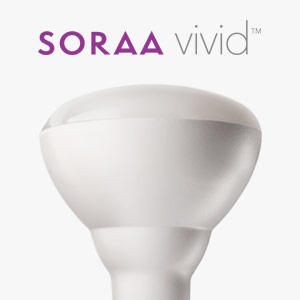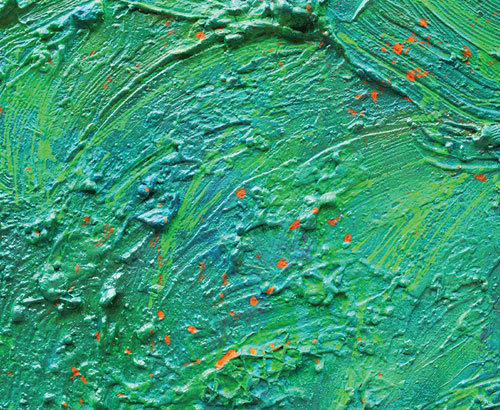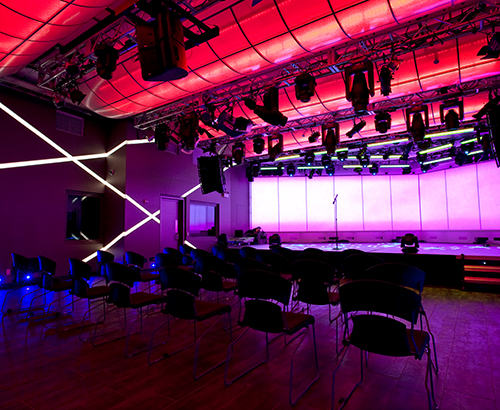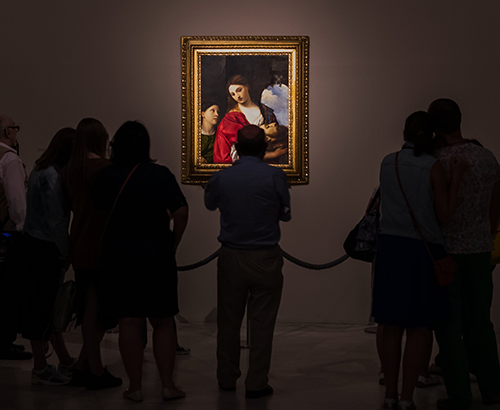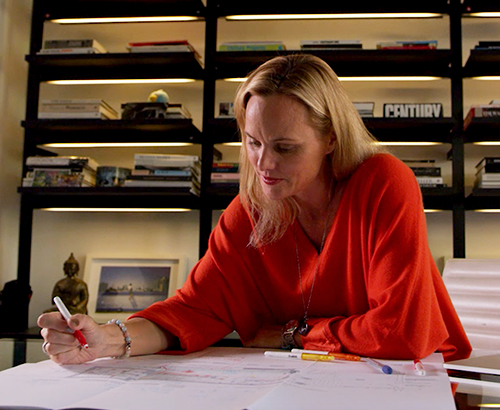I like this
As an experienced lighting designer, how would you describe your style?
Light allows us to powerfully dignify spaces. We want to create light-driven experiences that cause the person experiencing them to feel at ease, but also to amplify the beauty and nature of the spaces we work in. A suitable comparison could be that if your shoes fit well, you don't notice them during daily wear – same applies to light. If light is well set, you don't recognize it as "lighting design". The experience of a space simply feels effortlessly natural to you. You feel comfortable and snug without noticing the light at all.
What are the lessons you’ve learned when working with clients over the years?
Our customers often have a difficult time with us in the beginning, because even though they love what we do – that's why they came to us – it usually takes some time until they recognize the critical importance of the entire process. We see the entirety of a project and, especially when a project is of bigger scale, it often is difficult for the "unexperienced layman" to understand where we are heading. We work subtle and detailed. Therefore, at first, when only a few parts of our concept have been completed, the whole picture that we have in mind cannot easily be seen by the client yet. Only after a certain "critical mass" has been implemented is the full impact of our work is recognizable. If you listen to one voice of an orchestral score, for example, it might sound meager or incomprehensible, but in the end every note makes a difference.
Which project from your career are you most proud of? Why?
At any given time, the project I’m proudest of is usually the latest one. Currently it is the Fairy Grottoes in Germany, because the attention doesn't reside in the lighting but in the masterpiece created by nature. That's what we intended to do. Additionally, this project attains a strange balancing act, because we bring light to places where light originally has not been (below ground), and yet we commit to design it in a way that feels quite natural and unobtrusive to the visitor rather than artificially lit. 
If you could write your overall philosophy about lighting in one sentence, how would you articulate it?
The role of our light is to not be seen, but to stage a space to allow the visitor to perceive the site in its natural beauty.
From your first project until your most recent, what is one thing that is always consistent with successful project outcomes?
We make sure to have enough time for the preparation of a project. What is especially important to us is to spend enough time on-site to grant the spaces the opportunity to talk to us and let us know what they want. We do not bring ready-made concepts to spaces, but rather listen to what the location needs to shine.
What is the most innovative lighting project you have either led or been a part of?
It would be the railway bridge of Wipperfürth that reacts to the visitors and ambient data like temperature, movement and time. Currently we are working on a project for a pedestrian subway where the light is controlled by sensors that catch the state of the outside natural light. Thus the ceiling light is neither too bright nor too cold, but mimics the natural light, so that the transition into and out of the tunnel is as pleasant as possible.
Additionally, we work with motion detection and luminous acrylic glass objects to address fears regarding constraint spaces and being underground. These elements steer the attention toward beautiful and interesting thoughts. We use these acrylic elements to radiate vividness by playing with various color compositions appropriate to the time of day. We also control the regular lighting of the tunnel with sensor technology so that it can adapt to the natural lighting conditions and provide the appropriate color temperature and light intensity. Therefore, the light is, day or night, sunshine or cloudy weather, always pleasant and never glaring or uncomfortable.
What has been the most difficult skill or approach you have had to learn as a lighting designer?
The most difficult skill for us is to learn how to translate to our customers what we intend to do, and what we ultimately do, as light artists.
In the beginning we often have a vision that can be difficult to articulate, because it may be vague at first and needs to organically evolve during the process. We do not come with a ready, off-the-rack concept. The details of our vision only emerge during the communication with the space. That is why we call ourselves light artists and not light designers.
Quite a lot of trust on both sides is a necessity. Until our work is finished it is in progress. Even during our work, deeper layers of beauty and composition of a space or object reveal themselves to us, which often steers some details into a new direction that we couldn't perceive in the beginning. That is what makes our work so rewarding – the humility to be able to recognize beauty in (nearly) anything.
How do you hope your colleagues define your lighting design style?
We best do not get hung up on their opinion. Others will have opinions of our work with that's good or bad. Our job is to identify what the space wants from us and to then follow our intuition regardless of any assessment.
If you could give one piece of advice to a young lighting designer, what would you say?
Please do not make light too bright. Brightness often kills details, which are the elements of any project that make the experience rewarding.
What are the methods of lighting you use in every project, regardless of the client or space?
Pay attention to light and shadow. Both are important creative elements that need to be honored. Also follow your intuition and be patient enough to not act too early. It might be painful along the way (I know that very well), but it so often proved to be worth it taking the time it really needs.
When did you first use SORAA? What was your initial reaction?
Some years ago we read about SORAA, bought a lamp, and we were immensely thrilled. We have used SORAA since then in every space where natural light quality is relevant. We continue to love SORAA’s light quality, brilliance and clarity.
Lighting Design Firm
Common Clients
-
Local administrative units, companies (regarding Parks, Buildings, Unique Outdoor Spaces)
Favorite SORAA Product
-
230 VAC spot GU10
Years in the Lighting Business
-
24 Years, since 1994
Photo Credit
- Gordon Axman www.aktivraum.com
